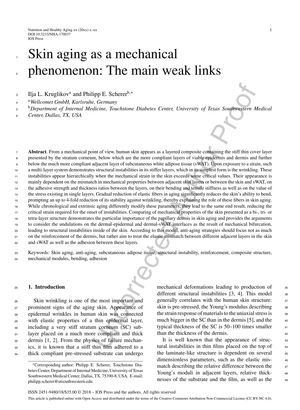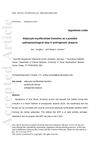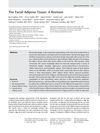Skin Aging as a Mechanical Phenomenon: The Main Weak Links
May 2018
in “
Nutrition and healthy aging
”

TLDR Skin aging is largely due to differences in stiffness and elasticity between skin layers, leading to wrinkles.
The document from 2018 examines skin aging from a mechanical perspective, emphasizing the importance of the mechanical properties and interactions between different skin layers. It identifies that the mismatch in stiffness, adhesive strength, and thickness ratios between layers such as the stratum corneum, epidermis, dermis, and subcutaneous white adipose tissue (sWAT) contributes to the formation of wrinkles. The study suggests that a reduction in elastic fibers during aging decreases the skin's resistance to wrinkling and that anti-aging strategies should focus on reducing the mechanical mismatch between layers rather than just reinforcing the dermis. The paper also notes that changes in the sWAT layer, including its collagen network, can affect skin mechanics, and that understanding these mechanical properties is key to developing effective anti-aging treatments. The document does not involve a clinical trial or a specific number of participants, as it is a mechanical analysis rather than a study on people.





